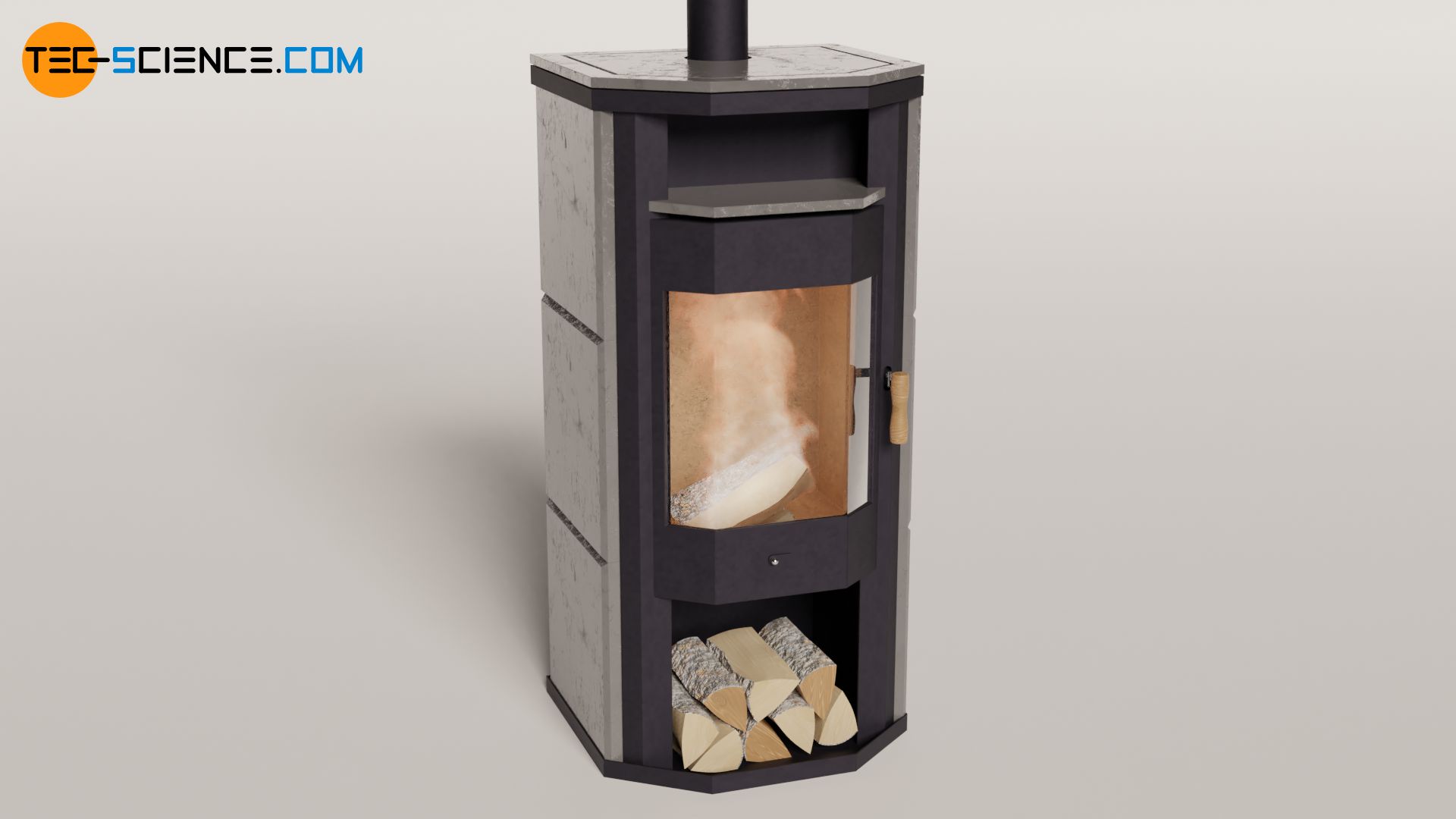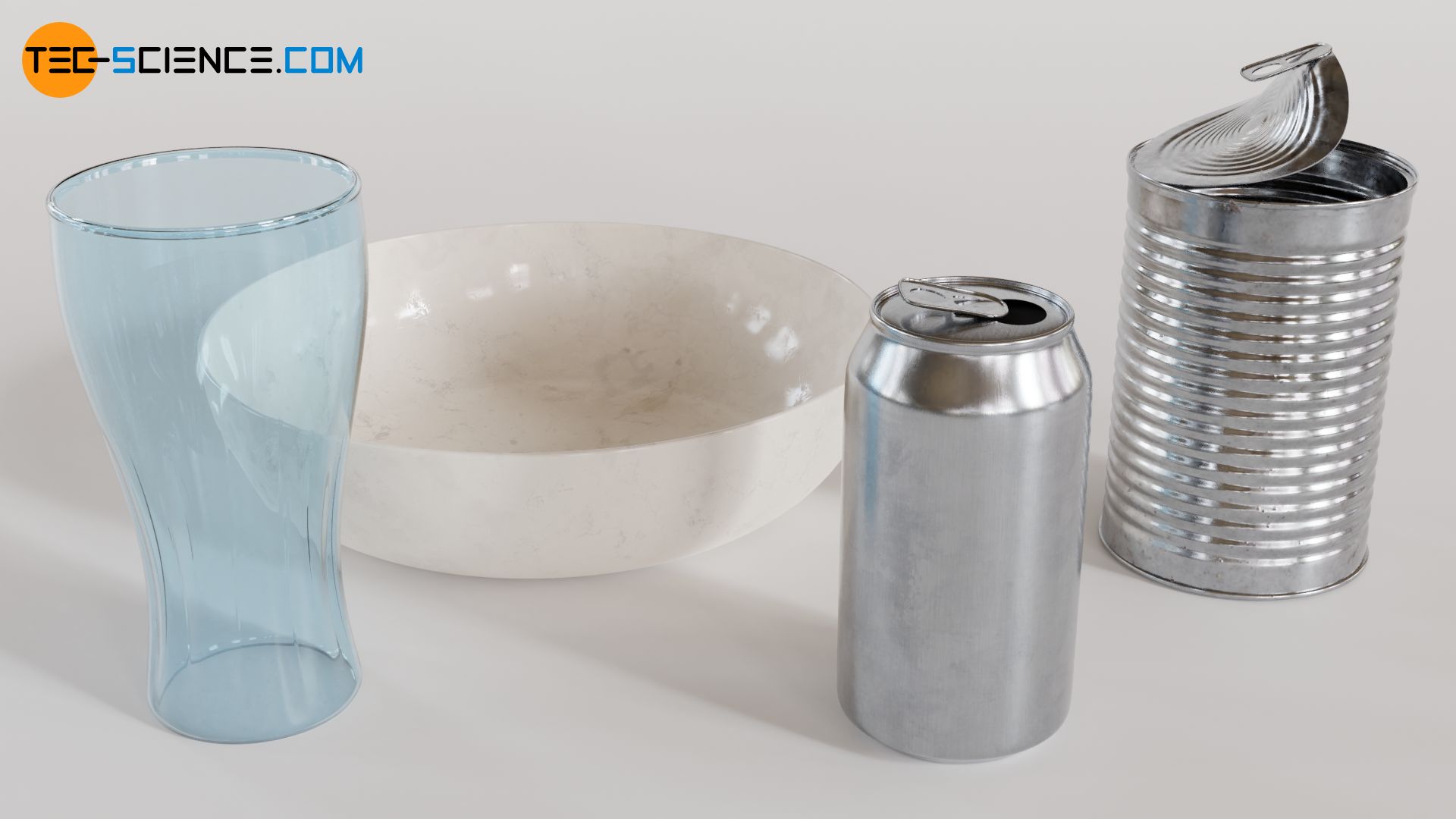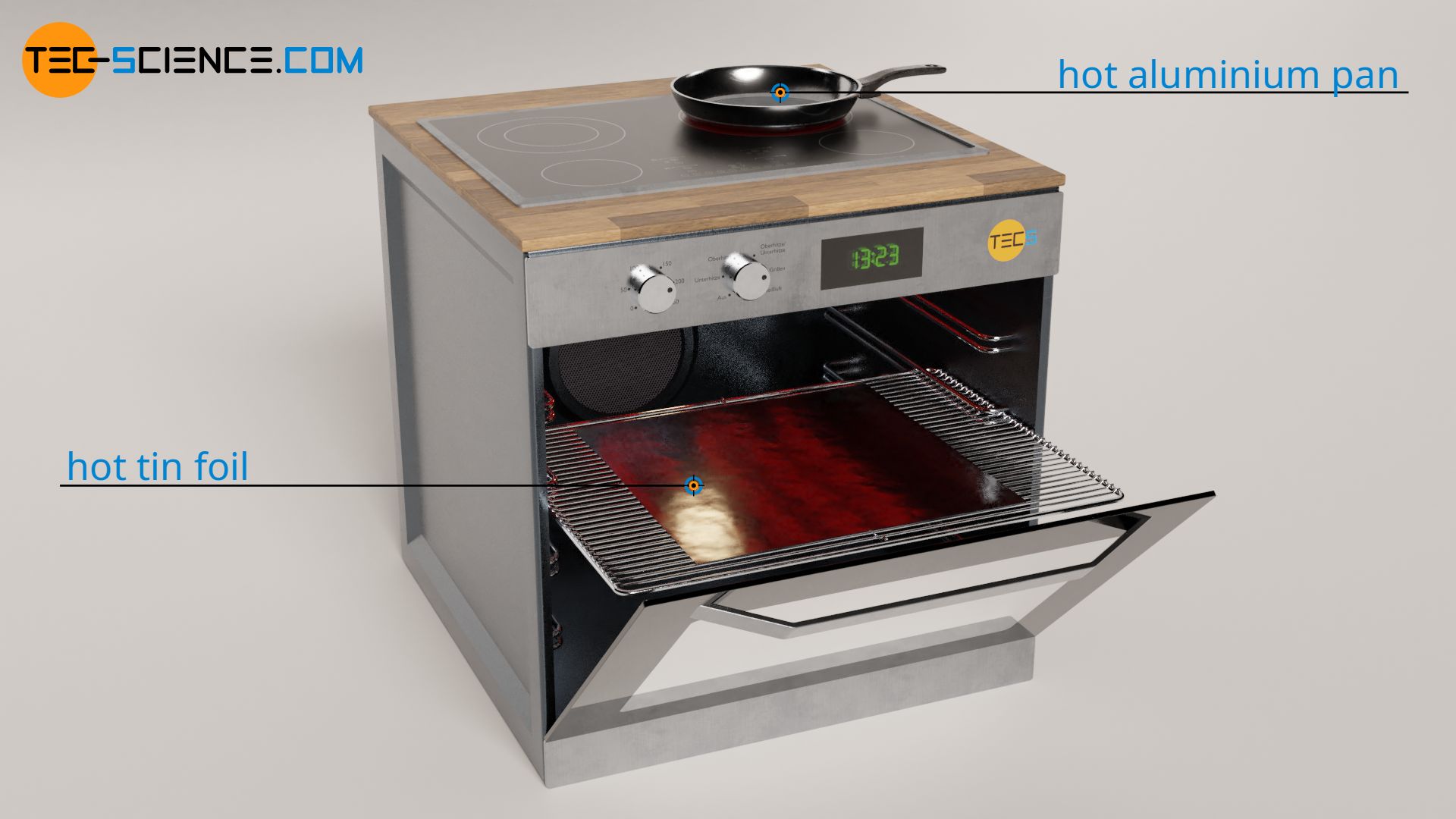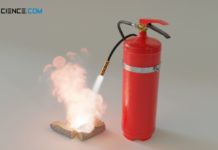Heat capacity is the amount of heat required to raise the temperature of an object by 1 Kelvin (1 °C). Learn more about it in this article.
Specific heat capacity of substances
The heat energy Q required to heat a substance is given by its specific heat capacity c as well as the temperature change ΔT and the mass m of the substance:
\begin{align}
\label{1}
&\boxed{Q = c \cdot m \cdot \Delta T} ~~~\text{applies only to a homogeneous substance} \\[5px]
\end{align}
The specific heat capacity c is, in a first approach, a material constant and thus only dependent on the substance to be heated or cooled. In fact, however, the specific heat capacity also depends on the state of matter and varies to a greater or lesser extent with temperature – see the article Important remarks on the specific heat capacity.
(Absolute) heat capacity of objects
In most cases, an object does not consist of a single substance, but is composed of many individual materials, each with different specific heat capacities. A stove, for example, consists of different materials, such as various metals, soapstone, firebrick, glass, etc. To describe the heating or cooling of such objects, which consist of several different materials, on the basis of their specific heat capacities is therefore not very practical.

In these cases, the absolute heat capacity is used as a direct relationship between transferred heat and temperature change of an object (e.g. stove). The quotient of amount of heat Q and temperature change ΔT is called the (absolute) heat capacity C of the object. This heat capacity is given in the unit J/K.
\begin{align}
& \boxed{C := \frac{Q}{\Delta T}} ~~~[C]=\frac{\text{J}}{\text{K}} ~~~\text{definition of the heat capacity} \\[5px]
\end{align}
A heat capacity of, for example, 3 kJ/kg (“three kilojoules per Kelvin”) means that a heat energy of 3 kJ is required to change the temperature of the object by 1 K (1 °C). Based on the heat capacity C of an object, the total amount of heat Q required to change the temperature by ΔT can be determined using the following formula:
\begin{align}
\label{q}
& \boxed{Q = C \cdot \Delta T} ~~~\text{applies only to a certain object} \\[5px]
\end{align}
In contrast to the specific heat capacity c (lower case!), which refers to a homogeneous substance as a mass-related quantity, the absolute heat capacity C (upper case!) takes into account the multitude of different substances of which an object is composed as well as their mass proportions.
The heat capacity of an object describes how much heat energy is required to increase the temperature of the object by 1 Kelvin (1 °C).
Note: Physical quantities which are related to the mass are called “specific” quantities and are often denoted by a lower case letter. Therefore, the specific heat capacity is denoted by the lower case letter c and the heat capacity as an absolute quantity is denoted by the upper case letter C!
Relationship between absolute and specific heat capacity
The terms specific heat capacity and (absolute) heat capacity must strictly be distinguished! In simple terms, the specific heat capacity is a substance quantity (it is assigned to a specific substance) and the heat capacity is an object quantity (it is assigned to a concrete object).
The SPECIFIC heat capacity is a substance quantity and the HEAT CAPACITY as such an object quantity!
Only for an object consisting of a single homogeneous material (e.g. beverage cans or food cans), its heat capacity C can be determined from the specific heat capacity c of the substance and the mass m of the object:
\begin{align}
\label{c}
& \boxed{C = c \cdot m} ~~~\text{applies only to a homogeneous object} \\[5px]
\end{align}

If equation (\ref{c}) is put into equation (\ref{q}), then finally the relation according to equation (\ref{1}) is obtained, which is valid only for a homogeneous object:
\begin{align}
& Q = C \cdot \Delta T = c \cdot m \cdot \Delta T \\[5px]
\end{align}
Excursus: Touching a hot aluminum foil vs. aluminium pan
In this context, it can also be explained why aluminum foil can be taken out of a hot oven with bare hands without burning it, despite temperatures of over 200 °C, while it is better not to directly touch a aluminum pan.

The reason for this is, among other things, the low (absolute) heat capacity of the aluminum foil, which results from the combination of the relatively low specific heat capacity and the relatively low mass (usually only a few grams). This means that even a small amount of heat dissipated by the fingers when touching the foil causes the temperature at that point to drop rapidly. A aluminum pan with a relatively large heat capacity (due to its large mass), on the other hand, requires much greater heat dissipation to lower the temperature. Thus, even when touched, the aluminum pan remains hot enough to cause severe burns.
More information about this can be found in the article Why does metal feel colder than wood?






